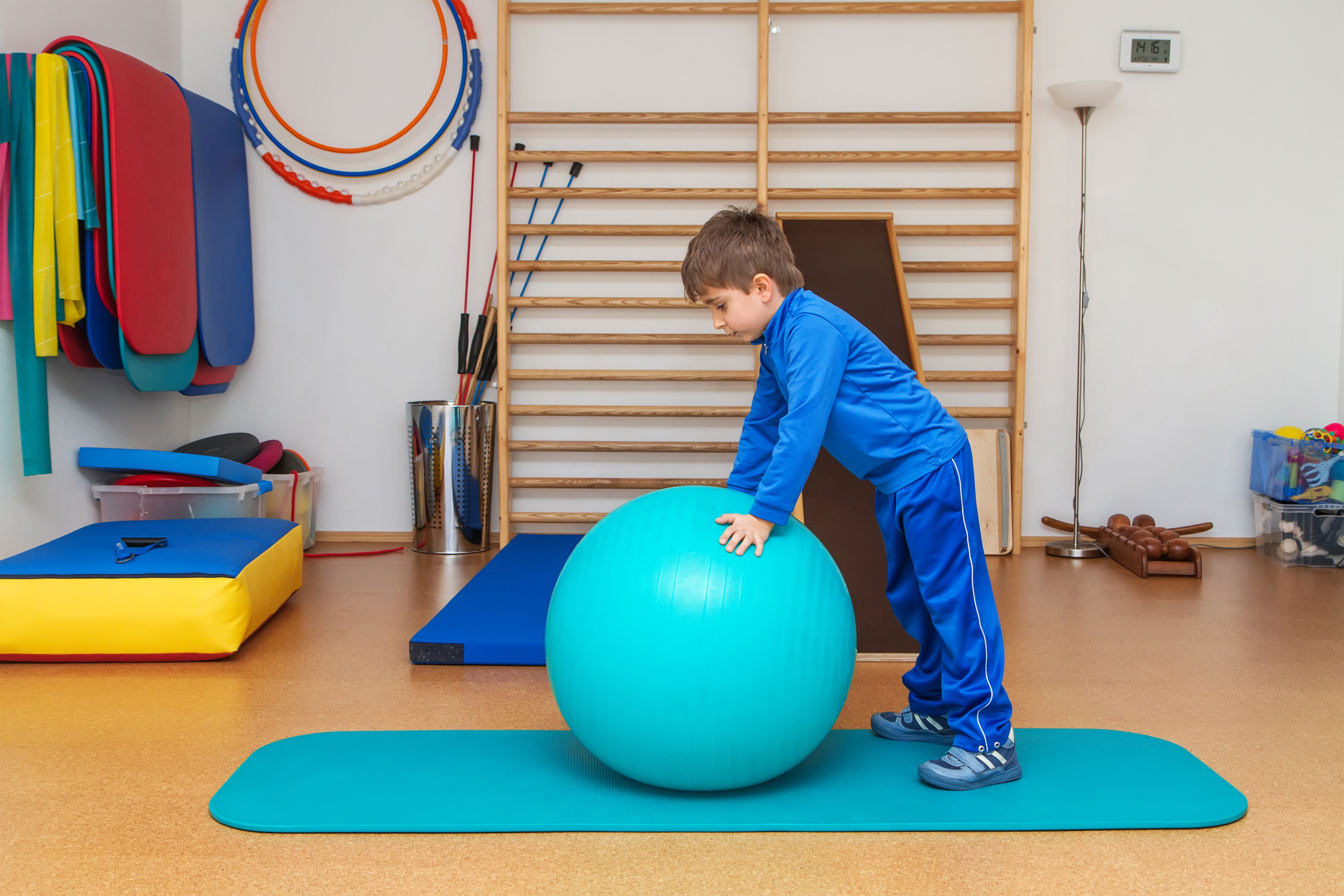Intensive physical and occupational therapy (PT/OT) and psychotherapy may adequately treat children with fibromyalgia without the need for added medications, according to a new study in The Journal of Pediatrics. The report titled “The Treatment of Juvenile Fibromyalgia with an Intensive Physical and Psychosocial Program,” found that the therapy regimen used in the study significantly reduced feelings of pain and increased the amount of physical activity treated children could tolerate.
In children, approximately 2%-6% of the population are affected by pain categorized as fibromyalgia. Unfortunately, there exist no adequate ways to treat childhood fibromyalgia, and most treatments are based on cognitive behavioral therapy and aerobic training. When these treatments were tested in a long-term study, pain and sleep disturbance can continue in more than 90% of tested children.
A group of researchers from The Children’s Hospital of Philadelphia led by David D. Sherry, MD, and Pamela F. Weiss, MD, MSCE, have created an intensive PT/OT program coupled with psychological counseling that is successful in the short- and long-term when treating children with complex regional pain syndromes. Most recently, they conducted a study with 64 children with fibromyalgia in a tertiary care hospital.
“The objective of this study was to evaluate long-term functional and psychosocial outcomes of the patients completing our intensive program,” wrote Dr. Sherry, lead author of “The Treatment of Juvenile Fibromyalgia with an Intensive Physical and Psychosocial Program.” Each child in the program was set up with individualized one-on-one therapy that focused on quickly establishing normal physical function through aerobic conditioning in five-hour sessions each week. Activities in the program were simple, everyday motions such as stepping in/out of a tub and running up and down stairs. As soon as the children had mastered their personal treatment goals, the therapist set a higher goal to enable the children to progress to higher levels of function and exercise.
In addition to the physical therapy, the subjects also participated in one-on-one and group psychosocial support session with a psychologist for a minimum of four hours a week. The focus of these session was on cognitive and behavioral intervention, but support for coping with PT/OT was also provided.
At the end of the study, children had significantly reduced pain scores when compared to the beginning of the study. In the initial phase of the study the mean pain score was 66 out of 100, and at the end the mean pain score was 25 out of 100. After one year, 33% of the children had no pain. The main quantification for physical function, Bruce treadmill protocol time, also showed improvements after the study.
“Children with fibromyalgia can be successfully treated without medications with a very intensive PT/OT and psychotherapy program,” wrote the researchers. “They have significantly improved pain and function by subject report and objective measures of function.” Perhaps children with fibromyalgia who are not responding to their current forms of treatment would benefit from an intensive PT/OT program.

